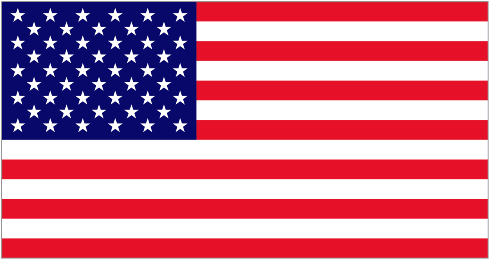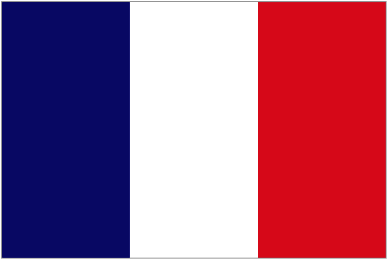With the F Major chord, we can already begin to see patterns on how different positions of the figures we have seen can result in playing different chords. When we refer to a figure, we refer to the positioning of the fingers on the Cuatro when certain frets are marked. If we take a closer look at the F Major chord, we should be able to make a direct connection with the similarity it has with another chord we have already seen. Take a look and see if you can think of the similar chord:
F Major
F Major Chord Illustration
Have you thought of the similar chord? What you’re looking for is the similarity it shares with the E Major chord, take a look:
E Major Chord Illustration – Similar Figure
So by rolling the E Major Chord one fret down and adding a bar to mark the 1st string on the 1st fret, we can mark the F Major chord. This is because there is a halftone between E u0026amp; F, and by sliding one fret we slide down by one halftone. This will be see in another lesson, but it is a great introduction to exploring the possibilities with musical instruments. It is also possible to play the F Major chord by leaving the A string open. This is demonstrated in the videos below. If you are switching between E and F, then the easiest path is to simply slide the E Major chord and apply a bar. If you are trying to play a piece where you need to switch between the G Minor chord and the F Major, then the variation with the open A string is a better option. Either way, it is important to know both variations and apply them accordingly.
F Major Explained
Take a look at the explanation on what notes compose the F Major chord (subtitles fellow Cuatristas!):
F Major Composition
Here the instructor is playing the F Major chord slightly differently, as you can leave the first string open to play the A note on the first string, or you can mark the C note on the 3rd fret. As C is already being played in the chord and both A u0026amp; C make up the F Major chord, you can decide whether to leave this open. They can produce slightly different sounds, but the chord played remains the same.




